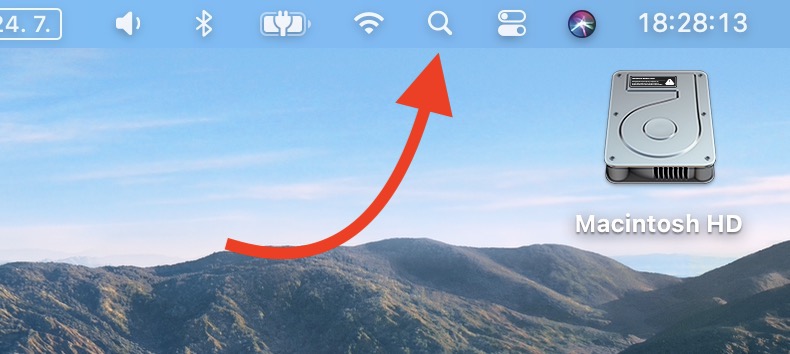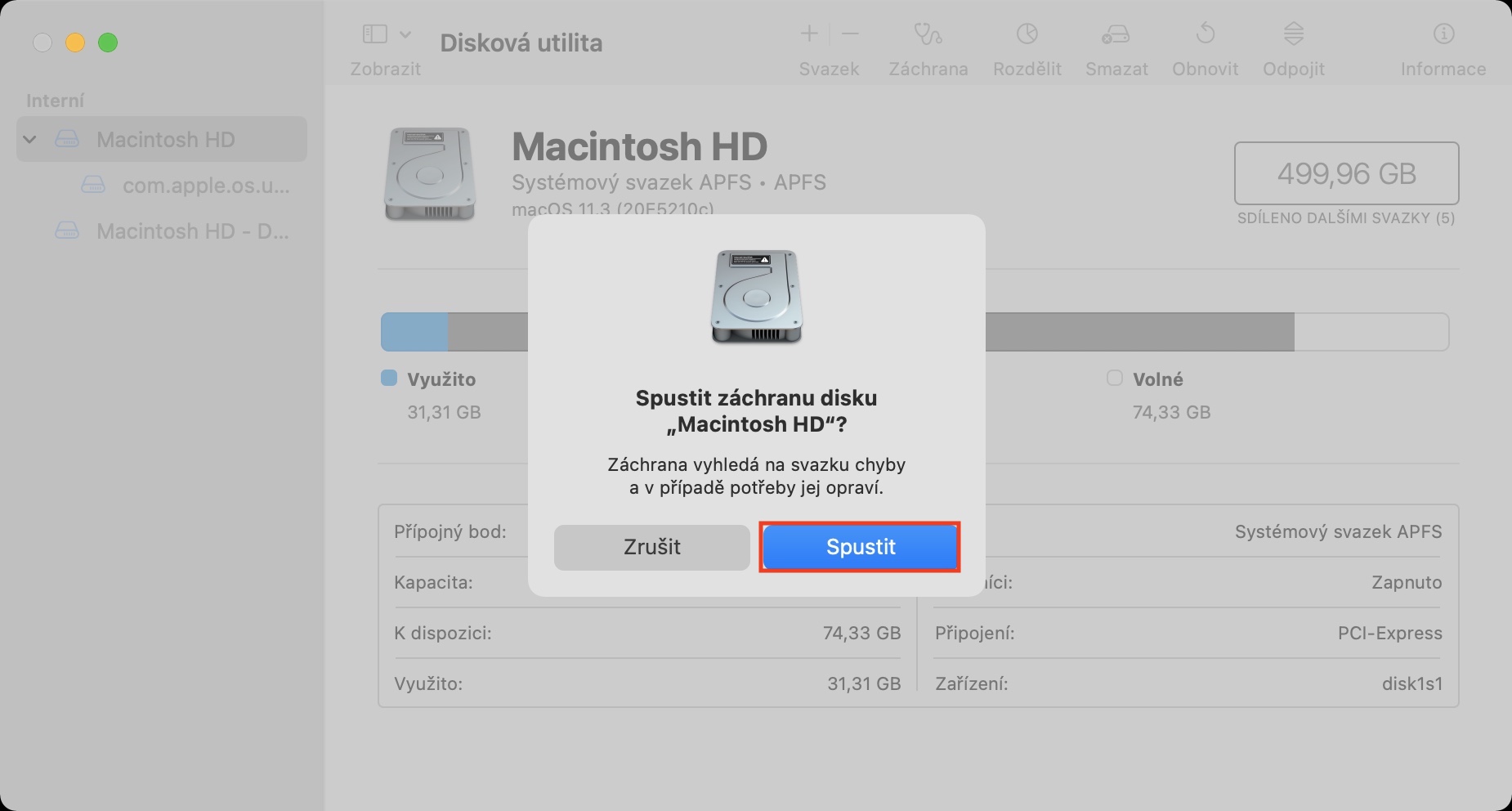Everything ages over time, including our Apple computers. Devices that could have been extremely powerful just a few years ago may no longer meet everyday requirements at all. In addition to the fact that hardware ages over time as such, it also ages with use. We can observe this, for example, with disks that may show some errors related to the formatting and directory structure of the Mac after a few years. Errors can lead to unexpected Mac behavior, and critical errors can even prevent your Mac from starting. Fortunately, there is a simple way you can try to save the disk.
It could be interest you

How to repair a drive on Mac using Disk Utility
So if you feel that your Mac is slow, or if it restarts from time to time or does not want to start, then the disk may be damaged in some way. You can repair it directly within the native Disk Utility application. The procedure is as follows:
- First, of course, you need to move to a native application Disk Utility.
- You can do so simply by using spotlight, or just go to Applications to the folder Utilities.
- After you launch Disk Utility, click on the left pane disc, that you want to fix.
- In our case it is about internal disk, however, you can easily fix that one as well external, if you have a problem with it.
- Once you click on the disk, click on the option in the top toolbar Rescue.
- A new dialog box will open, in which press the button Repair.
- The Mac will start the repair immediately afterwards. You'll see a confirmation when it's done.
Using the above method, you can easily repair the disk using Disk Utility on Mac. In certain cases, however, you may find yourself in a situation where the operating system does not load from the disk at all - fortunately, Apple has thought of this case as well. Disk repair can also be done directly in macOS Recovery. You can get to this on an Intel Mac by holding down Command + R at startup, if you own an Apple Silicon Mac, just hold down the start button for a few seconds. Here you just need to move to Disk Utility and proceed in the same way as mentioned above. From my own experience, I can confirm that disk rescue within macOS can really help with problems




